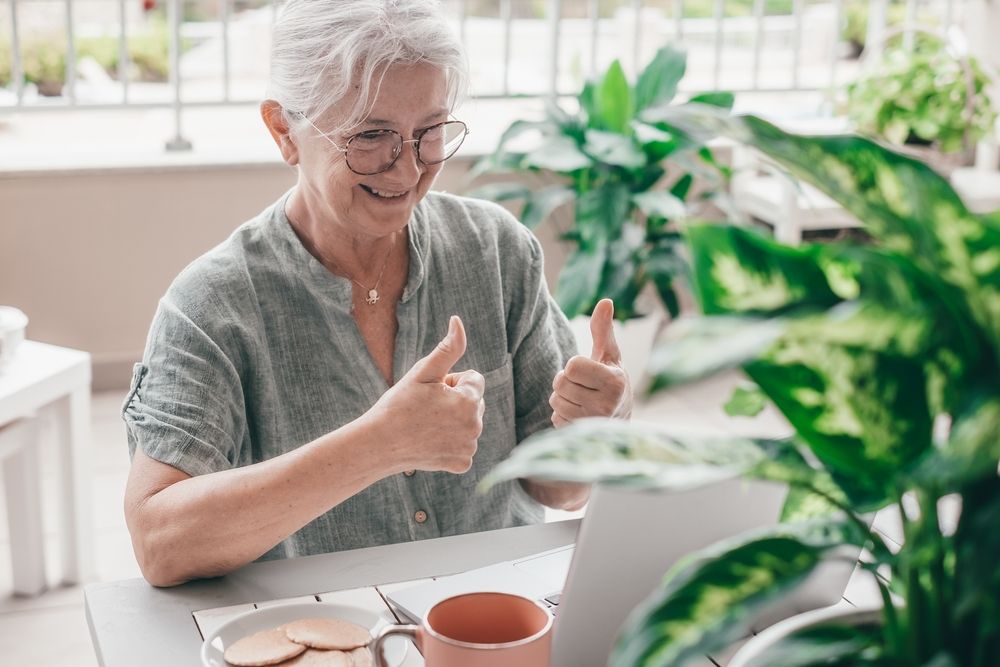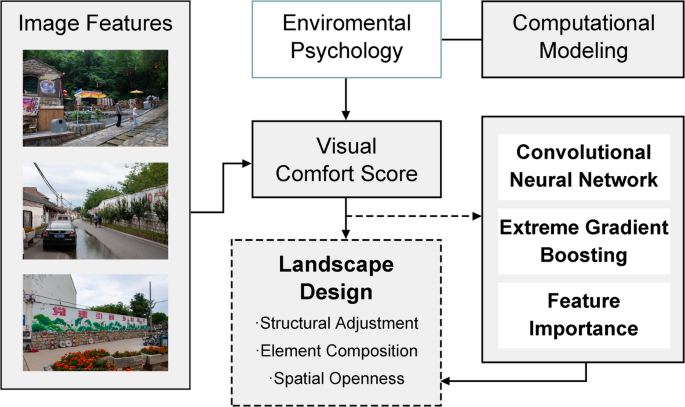Why reparations recipient decided to invest in home improvement

First in an occasional series where the RoundTable will check in with residents who have received reparations benefits and what they done with those benefits.
Over the past six months, Michael Trapp, 75, has been able to spend tens of thousands of dollars in home improvements including remodeling his bathroom and fixing plumbing issues in the home he’s lived in for over 30 years in the Second Ward.
That money has come from the cash benefit he received as part of the city’s reparations act that passed in 2019.

Trapp is among hundreds of Evanston residents who have applied for and been given a cash benefit of $25,000.
“It’s nothing too noticeable but it definitely needed to be done,” Trapp said. “I had some plumbing issues outside, so I had spent some money on that project, and then I had some plumbing issues inside as well and we added some flooring, some painting and some writing upgrades to the house.”
Originally from the south side of Chicago, Trapp moved to Evanston in the 1990s, his parents were born and raised in Evanston during a time of intense redlining and segregation before they left for Chicago before eventually moving back to Evanston in the 1970s.
“The program overall, in my view, is definitely a start,” Trapp said. “This is something, and it is somewhat a recognition, but how much, how much repair has been done doesn’t, put a dent in the damage that was done overall, you know, just kind of going back in history.”
When Trapp first heard of the program and applied in 2021, he said always intended to use the funds for home improvements, particularly when the option of a cash benefit was not yet available. All of Trapp’s funds have been used to fix issues inside his home, he said.
“My whole thing was, when the program started, I was really excited to get on board, just because the city needed and homeowners needed that,” he said. “My entire intention was to do home improvements, I said, Well, you know, I’ll do what I can, and once I’m satisfied with the work that I’ve done. If there’s anything left over, I’ll take a little vacation or something but no vacation.”
When the cash benefit became an option under the program, Trapp opted for that option, saying it gave him more freedom for his home improvements, instead of the mortgage benefit or home improvement benefit that would be administered by the city.
“The way I understood it was if you decided to do home improvements and you utilized the sources that the reparations committee had available as far as contractors to do the home improvements, you would leave that money there, and then you would get your contractor, whatever home improvements, or whatever work you had done to your home was paid from your reparations fund, which the city was holding rather than you getting the sum and controlling the funds.”
For Trapp, funds greatly helped him improve the quality of his home, and he said that funds for home improvement specifically could help many Black Evanston residents, who have seen a shrinking population over the past few decades, “because they were just pushed out maybe because of taxes or lack of funds to do things like improve their properties and so they just had to kind of walk away.”
“The reparations generally, were supposed to be directed towards Black homeowners,” he said. “So if you were just restricted to using that money for home improvements, I think it would have helped to maintain some of the Black residents in the city, because as the city has evolved over the years, the Black demographics of the city, at least, what I’ve seen has changed significantly.”
Aside from improving the facilities in the home, Trapp also said applying for the program also gave him a way to learn more about his family’s history.
“So I did a little family history and research and not only were my mother and father from Evanston, their parents also resided in Evanston and my grandfather actually built a house in Evanston,” he said. “We were well established in the city and at some point were actually homeowners and that was a lot different back then but that gave me a little more insight as to my family’s history especially as it pertains to Evanston.”
Since 2019, an average of about 40 residents have received payments each year. Since the beginning of 2025, 45 people have received payments from the reparations committee.
According to the city, no additional payments will be doled out for the remainder of the year, though there are still residents still awaiting payments who have been approved.
In total, 137 ancestors and 119 descendants have received reparations funds. The ancestors category includes Black Evanston residents who lived in the city between 1919 and 1969, and the direct descendants group encompasses the relatives of those people.
So far, the city has identified and contacted 126 eligible descendants, with 119 of them receiving a total of $2.97 million. Of the 141 total qualified applicants in the ancestors category, 137 of them have received benefits totaling $3.47 million.
Funding for the remaining reparations beneficiaries in the next year still remains unclear, the RoundTable reported earlier this year. When the act was first passed 6 years ago, the city recommended that in order to dedicate $10 million in 10 years to reparations, the city would need three dispensaries. So far, only two have opened: Okay Cannabis and Zen Leaf.
During a meeting in March, Reparations Committee Chair Robin Rue Simmons, who championed passing the reparations act when she served as a council member, said sales for the stores were not meeting expectations.
“When we made that projection in 2019 based on the interest and activity within the industry and our zoning, we expected that we would have three dispensaries,” Rue Simmons said.
Additionally, a pending lawsuit that was filed in May 2024, claimed the reparations program discriminated against residents who lived in the area during the outlined time period but did not identify as Black.
The committee has actively worked to dismiss the case and no movement has been made since last year.
Related Stories
link


:max_bytes(150000):strip_icc()/PaintingTileGrout-fe068fc86b5045c2b842dd849610363e.jpg)



